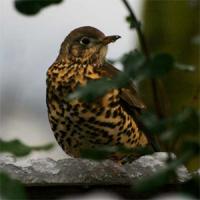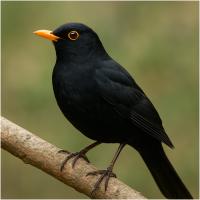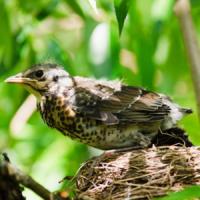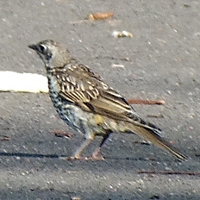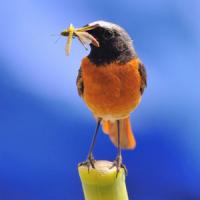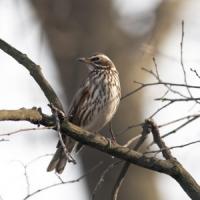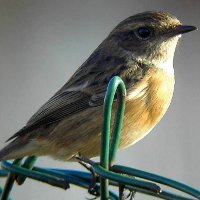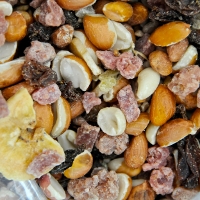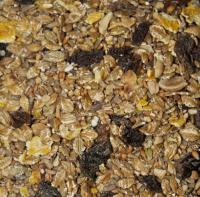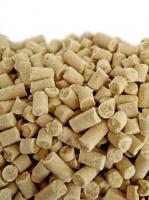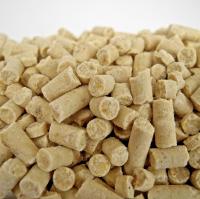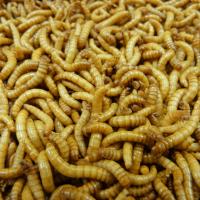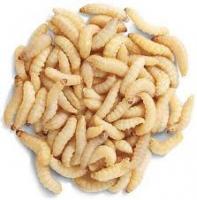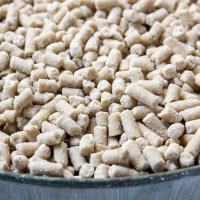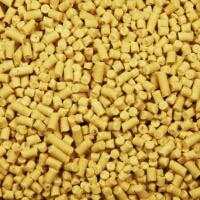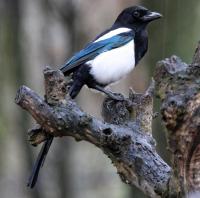- Home
- FAQs
- Customer Video Gallery
- Customer Photo Gallery
- Bird Facts
- Bird Food Blog
- Bird Information
- Feeding Advice
- Small Animal Information
- A to Z of Guinea Pigs
- A to Z of Hamsters
- A to Z of Rabbits
- Basic Care for Guinea Pigs
- Basic Care for Hamsters
- Basic Care for Rabbits
- Basic care for Chinchillas
- Basic care for Ferrets
- Basic care for Gerbils
- Basic care for Mice
- Basic care for Rats
- Buying a Healthy Small Animal
- Does your Reptile need a Licence
- Equipment for Ferrets
- Equipment for Hamsters
- Equipment for Mice
- Equipment for your Chinchilla
- Equipment for your Gerbil
- Equipment for your Guinea Pig
- Equipment for your Rabbit
- Keeping a House Rabbit
- Dog Information
- Cat Information
- Customer Information
- Fat Balls
- Suet Pellets
- Straights
- Seed Mixes
- Suet Treats
- Mealworms
- Bird Feeders
- My Account
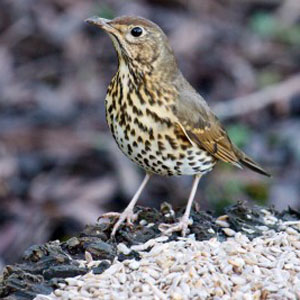
| Scientific Name | Turdus philomelos |
| Breeding | March-June |
| Fledge Days | 12-16 |
| Incubation Days | 11-15 |
| Lifespan | 3 years |
| Number of Clutches | 2-4 |
| Number of Eggs | 3-9 |
| Size | 23cm |
| Weight | 70-90g |
| Wingspan | 33 - 36cm |
Bird Family : Chats and Thrushes
Song Thrush Facts - Information About Song Thrush
Song Thrush - Turdus Philomelos
The Song Thrush part of the Thrush Family and is our common typical garden thrush, numbers are declining but it is still a widespread breeder. It is smaller than its cousin the Mistle Thrush and is distinctly browner and warmer in overall tone. Winter populations increase with birds moving in from the continent.
Identification:
Adult
- Adult males and females are alike.
- Song thrush is our common ‘spotted’ thrush, during breeding in Summer we only have two ‘spotted’ thrushes to worry about, Song and Mistle.
- Song Thrush is a relatively small thrush, slightly smaller than Blackbird and much smaller than Mistle Thrush, it measures in at around 22cm.
- Upperparts and tail are a rich slightly rufous brown, tail slightly darker.
- The head shows a faint eyestripe, more pronounced and buffy in front of the eye, a thin dark malar stripe and patchy ear coverts.
- Underparts; breast is washed buff continuing down the flanks, belly and undertail pale creamy white.
- The whole of the underparts are generously spotted with dark arrow / heart shaped spots starting on the breast and continuing down the belly and flanks were they fade and merge into the buffy
- Undertail is white with some dark flecking.
- In flight the bird appears fairly short tailed and the underwing coverts are rich buff.
- Bill is dark with paler lower mandible, eye dark, legs pale.
Juvenile
- Juveniles appear from April onwards and are similar to adults.
- Bill and eye black, legs pale.
Status and Distribution
The Song Thrush occurs throughout the British Isles, it is a reasonably common breeding resident in the UK with about a million pairs, however like most British garden birds there has been a marked decline in recent years. The Song Thrush occurs in all counties throughout the UK.
In winter numbers increase as migrants come to the UK from Continental Europe to escape their cold winters, migrants start to arrive in October to winter in our less severe climate.
Habitat/Food
Song Thrushes occur in all habitat types throughout the UK, woodlands, parks, gardens, farmland, hedgerows indeed any open country habitat with suitable scrub.
In the garden Song Thrushes specialise in snails they will also eat earthworms, Mealworms and Fruit, as well as Suet and Fat Balls .
Song/Call
Several call notes; most often a thin sharp ‘ssit’ also an alarm call which is a high pitched ‘tic-ic-ic-ic-ic’.
Song is generally sung from an obvious perch and is a series sweet warbles and whistles, each ‘phrase’ repeated 2 or 3 times. Some mimicry.
Tedee tedee tedee…weet weet weet…prruu prruu prruu etc
The following food is favoured by Song Thrush




